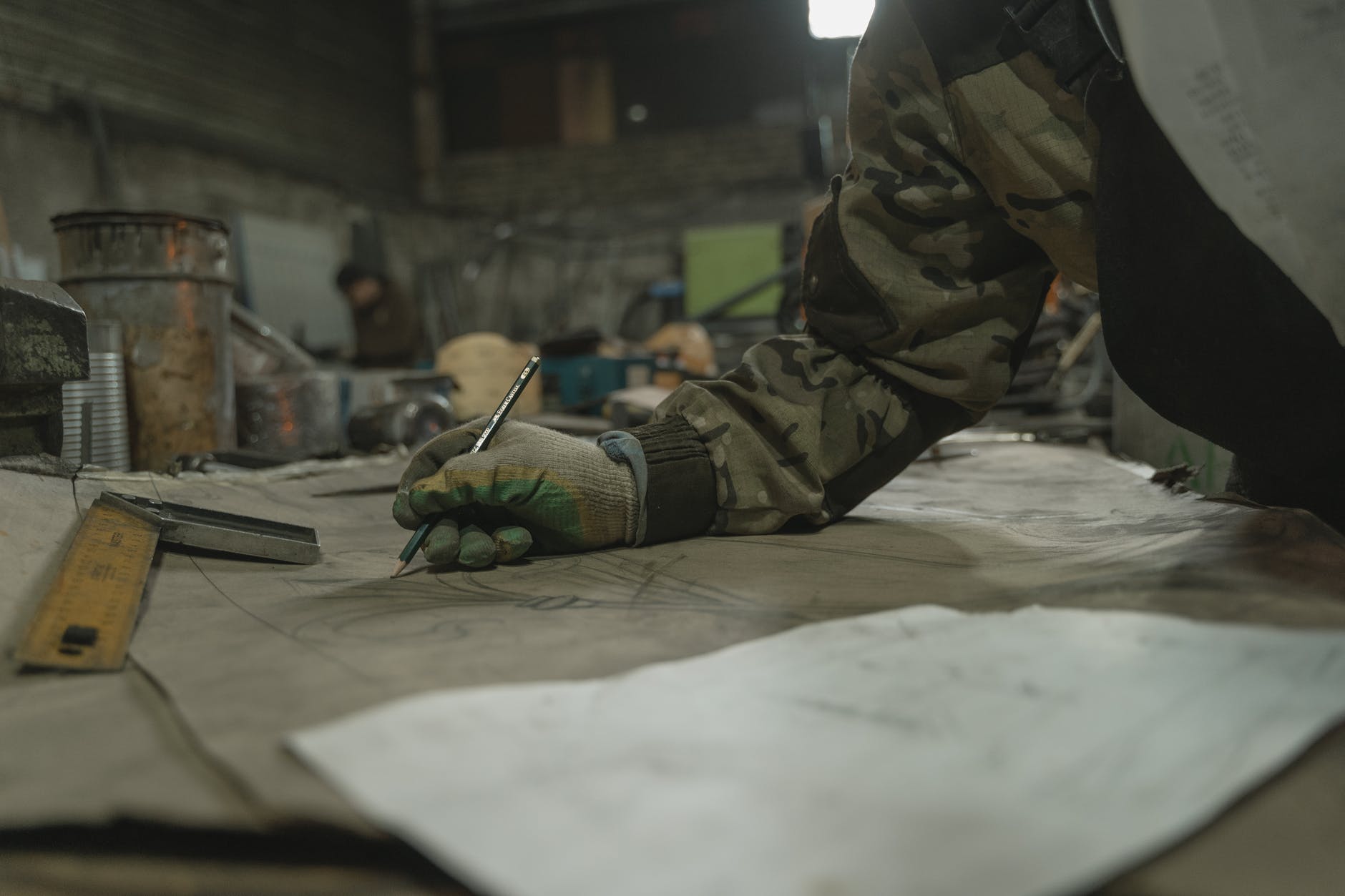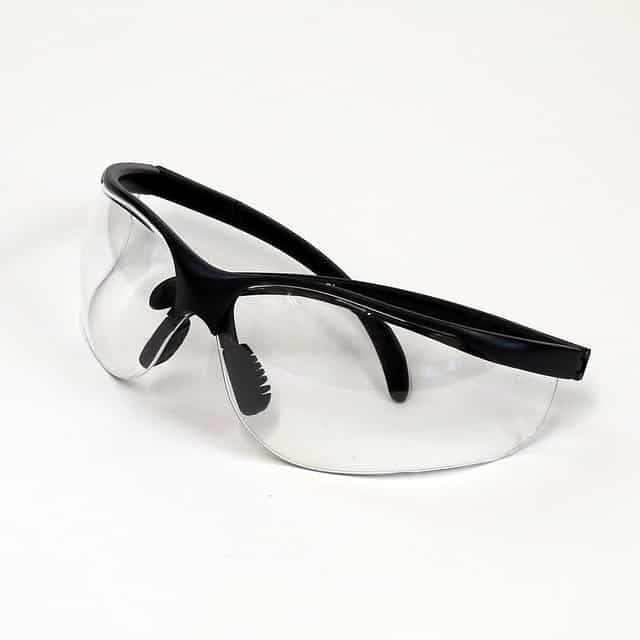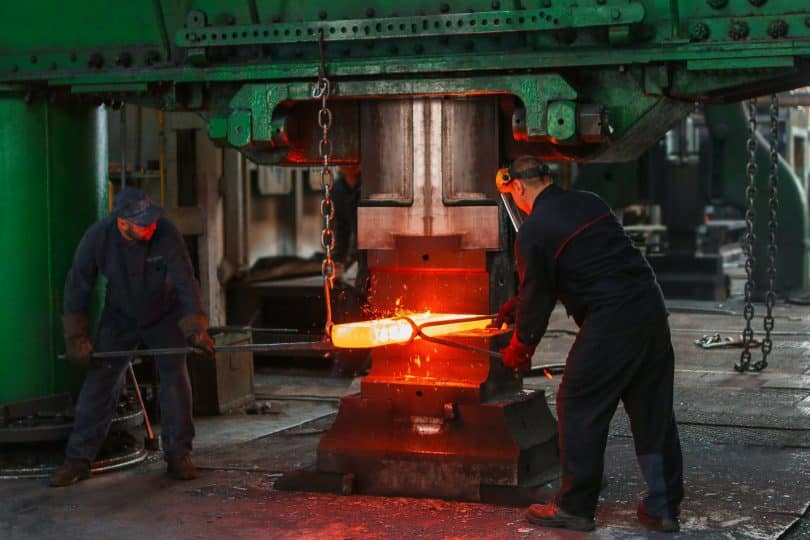Blacksmithing was a highly-rewarded and sought-after profession in the middle age when swords and daggers were need of the hour and good blacksmithing tools were a highly sought commodity. Then the industrial wave took over, and blacksmithing went wayside, moving all metal-related workload to factories. But recently, people have started showing great interest in blacksmithing as a hobby because it’s still a rewarding activity.
Blacksmithing is a good option if you want to start an engaging and unique hobby. Although you’ll need some practice to hone this craft, once you learn it, you’ll love crafting new things with your forge and anvil. Interested but not sure how to start blacksmithing as a hobby? We heard you; follow this beginners’ guide to clear your concept and choose good blacksmithing supplies for this new hobby. So, without any ado, let’s get hammering!
Wondering How to Start Blacksmithing as a Hobby?
When we talk about hobbies, blacksmithing rarely makes it to the top because of the supplies and patience needed for it. But the good thing is, once you’re familiar with the concept and your supplies are ready, this hobby won’t even feel difficult. Once you’re ready to be a hobbyist blacksmith, follow these steps to embark on this new journey:
1. Gather the Essentials
Finding blacksmithing supplies is the stepping stone of this journey because this hobby is not something you can start without any preparation. Here are some blacksmithing tools you’ll need to get into this hobby:
Hammer and Anvil
A metalsmith’s hammer and anvil are their most important blacksmithing tools. These blacksmithing supplies enable you to bend hot metal and shape new things out of it, so don’t compromise on their quality. You need a specially formulated hammer for your blacksmithing hobby because small mallets and hammers cannot withstand these adventures. The next thing on your list of blacksmithing supplies is an – the surface where you place melting metal to bend and cut. This anvil provides a steady surface for the metal sheets so that you can hit them with confidence to attain new shapes.
Forge and Fuel
A forge is the heating surface you use to melt metals at high temperatures. This is often a metal cylinder-like metal surface designed to withstand high heat and shape iron or steel sheets according to your desired shape. Since you cannot heat raw metal on another heating source (like a stove or gas grill), you need a to start blacksmithing. Back then, blacksmithing tools were simpler and mostly carved in the ground. But if you want to start metalsmithing today, especially in your backyard or garage, make sure you have a safe metal forge.
Metal Tongs and Chisels
Metal tongs and chisels are essential blacksmithing tools you need to handle hot surfaces. If you plan on making knives, blades, and small tools after learning blacksmithing, investing in and chisels is smart. These blacksmithing tools will ensure your skin is safe, and you create intricate metal pieces without stressing about the temperature.

2. Prepare the Workspace
Once you have the important blacksmithing tools, it’s time to choose a workspace for your new hobby. Since you cannot work with hot metals indoors and need enough ventilation for the emerging gases, you need a safe working space for your metalsmithing hobby. If you have a thoroughly ventilated corner in the garage, it can be a good working place for blacksmithing. But if you prefer working outdoors, you can set up the metal forge and other blacksmithing supplies in your yard.
3. Learn the Tricks
The next stage in your blacksmithing journey is understanding its essential steps because that’s when you learn to bend and shape the metals. Remember, blacksmithing is a combination of art and science, and you must master its fundamental steps to practice and implement it. The primary steps of blacksmithing are as follows:
- Forging and hammering
- Drawing
- Upsetting
- Bending
- Punching
If you’re totally unfamiliar with these steps and need a step-by-step guide to master them, you can get to quickly understand their concept. This guide will clear your misconceptions about blacksmithing and ensure you have straightforward knowledge of the subject before adopting it. When you have a blacksmithing manual to refer back to, you work more confidently and understand its nitty-gritty details without much trial and error. Since blacksmithing is a time-consuming hobby, you’ll have to be consistent with it and thoroughly understand its steps to create something.
4. Make Something
Once you feel confident enough to hammer and forge metal, it’s time to make something new. The easiest things you can make early on in your blacksmithing journey are knives, blades, nails, hooks, and knobs. Also, if you want to take metalsmithing as a full-time hobby, you can practice more forging techniques and create more intricate things later.

Safety Tips for Blacksmithing
Sure, blacksmithing is an interesting skill, and you’ll like making creative things from metal scrap. But if you’re careless while handling scalding metal and blacksmithing tools, it can risk your well-being. Therefore, we always recommend necessary safety instructions to avoid these troubles. Following are some tips you can adopt to keep blacksmithing a safe hobby:
Wear Safety Gear
Your safety always comes first, and not wearing protective gear can be a grave mistake on your part. You need , , and a while handling hot metal so that you confidently handle these surfaces. Skin burns, blisters, and injuries can be common if you’re not careful with blacksmithing tools, so don’t overlook the significance of safety gear.
Work in a Safe Place
Starting your blacksmithing hobby in an enclosed space can quickly backfire and make you quit it. That’s why designating a workspace for your metallic adventures is essential. If you have a spare room or garage, that’s best. Otherwise, you can specify a corner by the window to keep the forge and hammer hot surfaces there.
Understand the Blacksmithing Tools
If you’re new to metalwork and blacksmithing, you might have trouble understanding different tools associated with this hobby. But the good thing is, it doesn’t take much time before you get the hang of these tools. Give yourself some time and start small if you wish to build big things through your metalsmithing hobby. It’s better to start with bulky metal sheets and rods and move to more intricate items later.
Is Blacksmithing a Rewarding Hobby?
The first question most people ask before adopting a hobby is whether it has any scope; blacksmithing is no different. The good news is, blacksmithing can very well be a rewarding hobby if you become a pro at it. No worries if you’re starting with a blank slate because you’ll learn along the way, and once you understand all the important steps of blacksmithing and metal forging, you can make it a side gig. If you love blacksmithing tools and knives, you can make and sell them after learning this skill and earn a quick buck from it.
Final Thoughts
Any hobby can be rewarding and engaging if you give it the due time. Since blacksmithing has become a long-forgotten skill, you can play your part in bringing it back by learning it. Sure, you’ll have difficulty understanding the nitty-gritty details of blacksmithing initially, but once you understand its fundamentals, you’ll love it. Metalsmithing needs time, patience, and dedication because taming metal is no easy play. But once you’re through this phase, you can channel your creativity in great ways and engage in a productive hobby.
So, what are you waiting for? Gather the necessary blacksmithing tools, specify a workspace, and get to business!
Are you interested in more hobbies you can do with your hands? Then check out how to get started with wood carving!







